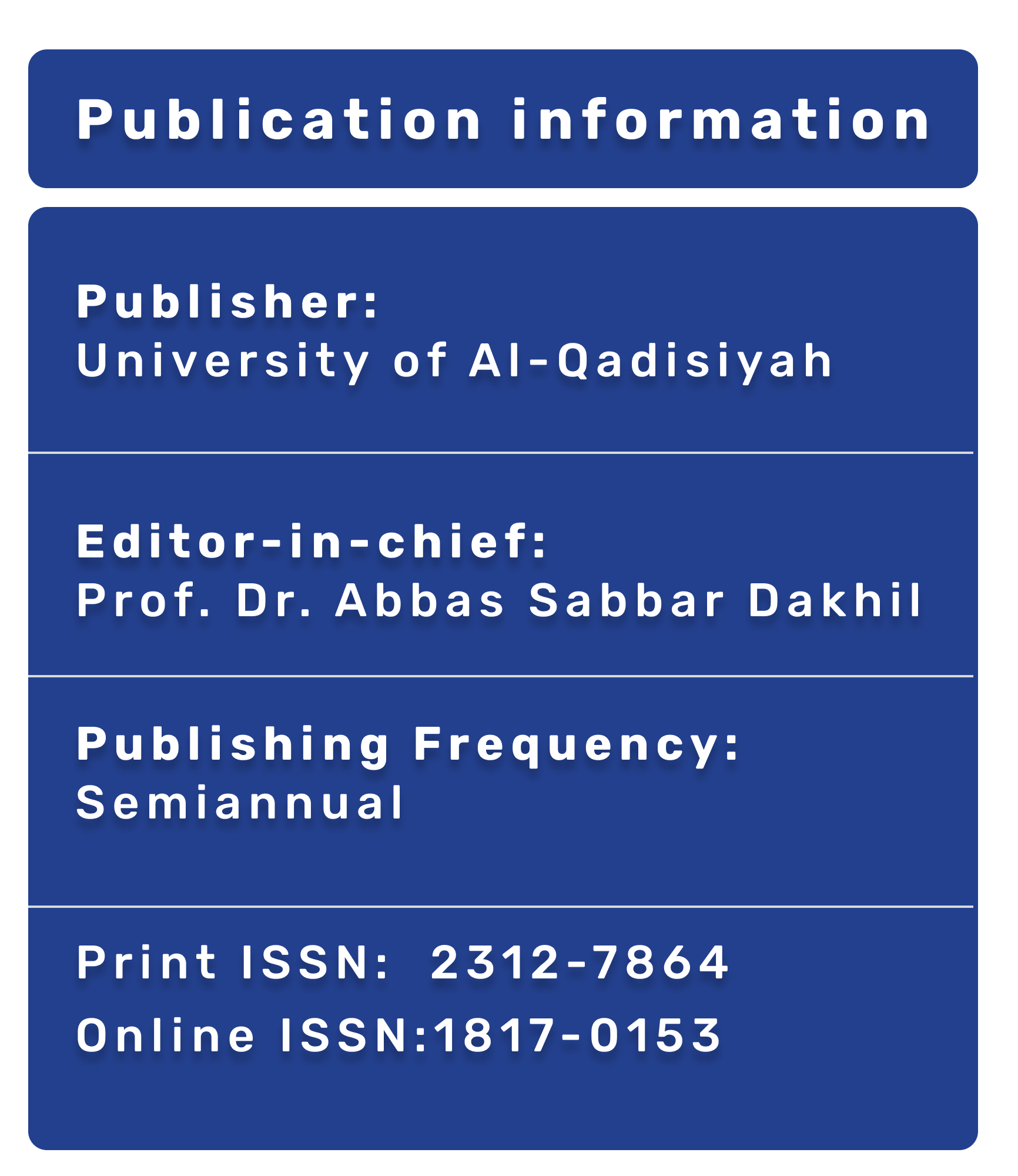Five years experience in inguinal hernia repair using local anesthesia
DOI:
https://doi.org/10.28922/qmj.2009.5.7.1-7Abstract
Background : Groin hernia is a common pathologic entity, and its incidence is high in adults older than 65. Further, geriatric patients who are candidates for herniorrhaphy often have concomitant diseases that increase the surgical risk. Cardiovascular, pulmonary, and urinary complications can occur after hernioplasty, especially if the procedure is performed under general or spinal anesthesia. Conversely, patients who receive local anesthesia do not generally have serious intra- or postoperative complications.Objectives: the study is designed to assess several parameters that might support the benefit or the adverse from using local anesthesia during repair of inguinal hernia. Methods : during the period from February 2002 to October 2007, one hundred thirty six patients with inguinal hernia attending Baghdad and Al Diwaniya teaching hospitals were managed by surgical repair utilizing local anesthesia. Most patients were managed by hernioplasty using Lichtenstien repair or suture less method , few patients were managed by herniorraphy using Darn repair , in all patients local anesthetic were used initially for inguinal field block. The choice of local anesthesia was limited to patients who are partially or totally unfit for general anesthesia.
Results : In our study 64.7%of patients have excellent intra operative pain control while 3% were converted to other mode of anesthesia , regarding post operative pain control 93.8% of those in whom bupivacain was used they need only simple oral analgesics as compared to 89.3%of patients in whom Lidocain was used , they require an injectable analgesics including narcotic one. Regarding the best approach to repair inguinal hernia it is found that suture less method is the most appropriate when local anesthesia is selected . Regarding technical difficulties occasionally arise during reduction of the contents and improper retraction during surgery .The rate of conversion to other mode of anesthesia was 11.8 %. Limitations of using local anesthesia are large irreducible hernia and when there are signs and symptoms of strangulation.
Conclusion : local anesthesia is effective method in inguinal hernia repair , especially when bupivacaine is used.The advantage of using prosthetic materials for repair is to add simplicity and quickness for the operation while using local anesthetic drugs .
Aim of the study : To evaluate the feasibility and safety and effectiveness of local anesthesia during inguinal hernia repair .








